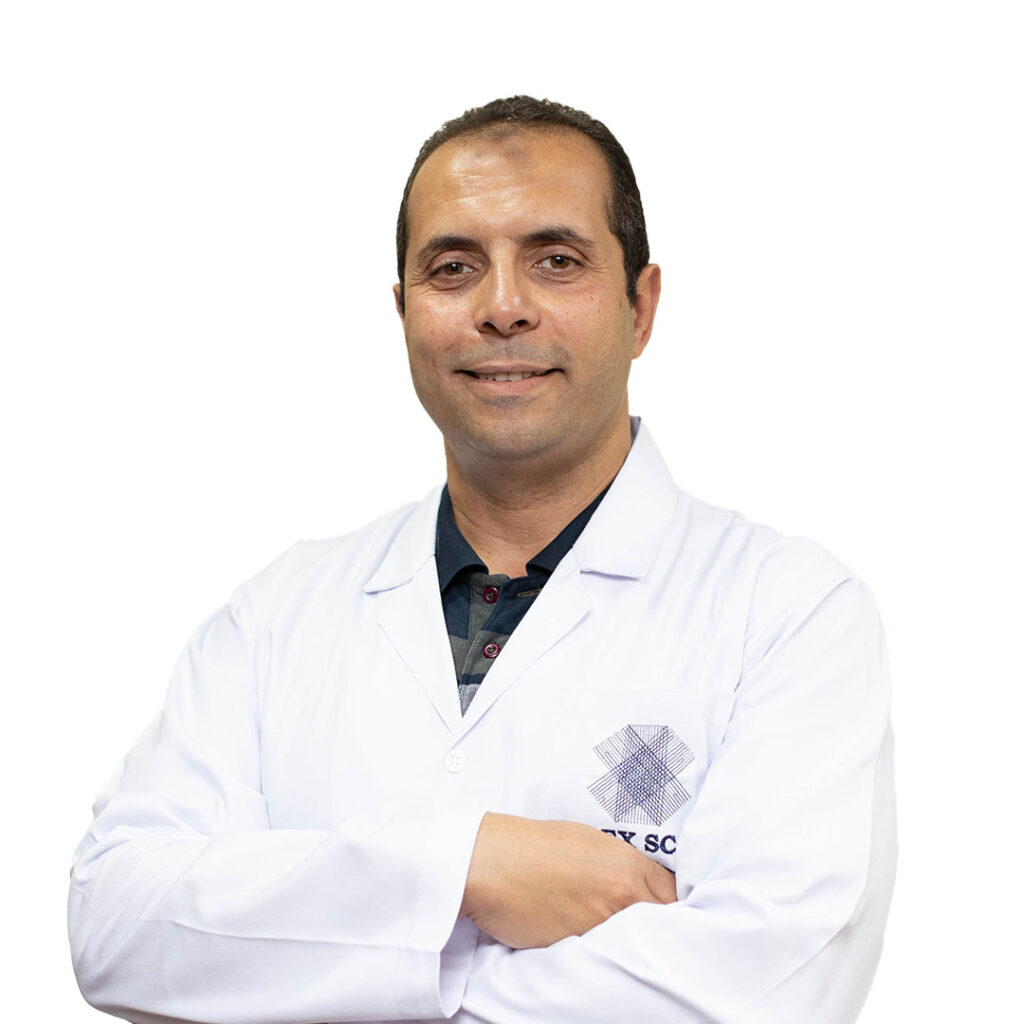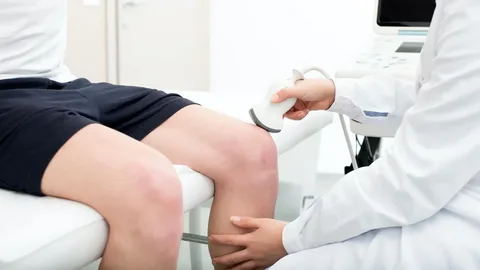Sound-based medical imaging technique.

Ultrasound of the joints, also known as musculoskeletal ultrasound, is a diagnostic imaging technique that uses ultrasound waves to visualize the structures within and around the joints in the body. It provides real-time images of the muscles, tendons, ligaments, cartilage, and other soft tissues in and around the joints. The procedure is non-invasive, safe, and does not involve radiation.

During the procedure, you will be asked to lie on your back with a pillow or support under your shoulders to extend your neck. The technologist will apply a gel to the front of your neck and use a handheld device called a transducer to capture images of the thyroid gland. The transducer emits sound waves that create real-time images on a monitor.
After the procedure, the images will be reviewed by a radiologist who will interpret the findings and generate a report. Your healthcare provider will discuss the results with you and recommend any further actions if necessary.
It’s important to note that specific preparation instructions may vary depending on the healthcare facility and the reason for the thyroid ultrasound. Therefore, it is advisable to consult with your healthcare provider or the facility performing the ultrasound for any specific instructions or requirements.
فحص السونار على الغدة هو إجراء